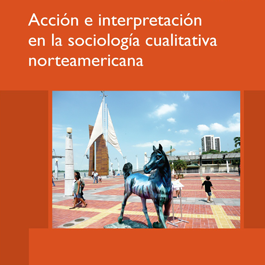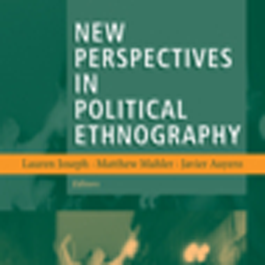Violence at the Urban Margins
Edited by Javier Auyero, Philippe Bourgois, and Nancy Scheper-Hughes.
Edited by Javier Auyero, Philippe Bourgois, and Nancy Scheper-Hughes.
In the Americas, debates around issues of citizen’s public safety–from debates that erupt after highly publicized events, such as the shootings of Jordan Davis and Trayvon Martin, to those that recurrently dominate the airwaves in Latin America–are dominated by members of the middle and upper-middle classes. However, a cursory count of the victims of urban violence in the Americas reveals that the people suffering the most from violence live, and die, at the lowest of the socio-symbolic order, at the margins of urban societies.
The inhabitants of the urban margins are hardly ever heard in discussions about public safety. They live in danger but the discourse about violence and risk belongs to, is manufactured and manipulated by, others–others who are prone to view violence at the urban margins as evidence of a cultural, or racial, defect, rather than question violence’s relationship to economic and political marginalization. As a result, the experience of interpersonal violence among the urban poor becomes something unspeakable, and the everyday fear and trauma lived in relegated territories is constantly muted and denied.
This edited volume seeks to counteract this pernicious tendency by putting under the ethnographic microscope–and making public–the way in which violence is lived and acted upon in the urban peripheries. It features cutting-edge ethnographic research on the role of violence in the lives of the urban poor in South, Central, and North America, and sheds light on the suffering that violence produces and perpetuates, as well as the individual and collective responses that violence generates, among those living at the urban margins of the Americas.
- Year2015
- PublisherOxford University Press
- Categories


